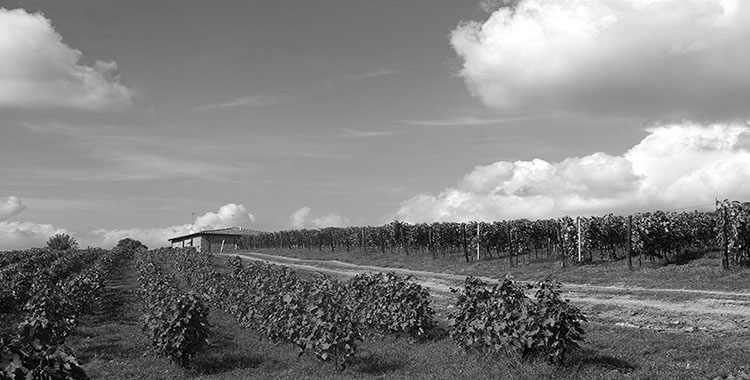Ally Thibault Journal Staff
While everyone in New England is flocking to apple orchards and pumpkin patches, another kind of harvest celebration is happening in Tuscany, Italy. No tree tops change color, no brisk autumn wind blows, and no one has even heard of pumpkin spice lattes; instead, Florentines are enjoying the last days of late summer warmth as this year’s grapes are collected from the evergreen vineyards.
Just as Bostonians flee the city for a weekend to enjoy the scenic countryside and take a hay wagon ride through the orchards, Florentines head out to the sparsely populated Chianti Classico wine region between Florence and Siena to breathe in the aroma of freshly pressed grapes and marvel at the ancient villas and vineyards.
“In Italy, we don’t drink wine, we eat it,” Professor Giovanni Pacinotti, a winetasting teacher at Scuola Lorenzo de’Medici in Florence explains. “If you gulp your drink, you like alcohol; if you take your time to sip on it and chew it, you like wine.” The importance of wine, in social and culinary circles, cannot be stressed enough in understanding Italian culture and values.
The grape harvest season gives residents a chance to learn about the history of Italian wine civilization while dreaming about new quality wines that will be ready in the spring. A recent trip to the Fattoria San Michele a Torri vineyard, just a 20-minute bus ride from central Florence, reveals the intertwined past and present traditions in wine culture.
The vineyard is all-organic, refusing to use any kind of pesticides or chemical fertilizers in growing its grapes and olives. In doing this, the guide explains to our tour group: the vineyard is trying to keep in touch with its historic roots and old-fashioned environment. Farm hands pass by us multiple times during our tour, always stopping to say hello and give a little more insight on the operations and workforce of the farmhouse. Their friendliness emanates a genuine, seemingly out of place in the modern world, Brady Bunch-esque cheerfulness.
The old cellar used as a bomb shelter during WWII (saving the lives of dozens of nearby residents, according to our guide,) houses this year’s newly fermenting wine in old wooden barrels, as prescribed by the traditional classico method of winemaking. A stroll around the farmhouse is not unlike a tour of an apple orchard; watching the process that makes cider and cinnamon doughnuts and then rushing to the gift shop to load up on maple candy and caramel apple dip.
After a walk-through and lecture about the facilities, we began the tasting. Although each description of a wine is also a sales pitch (by no coincidence, the tasting was held in the gift shop), the vineyard representative educated us on the ancient roots and modern updates of the each Tuscan wine she poured for us.
This year’s latest industry fad revolves around grape variety ratios. San Giovese, the famous local grape variety, used to make up at least 85 percent of every Chianti D.O.C.G (the top Italian classification for wine) as dictated by the special wine quality guarantee consortium, but now, winemakers are left with more freedom in choosing the blends to make their wines.
Some old-school Italian wine connoisseurs have already denounced this move as changing too radically the flavor and sensations of Chianti, while others hail it as innovative and creative. Older generations of Tuscans value the robust red wines while younger generations are more enthralled with spumante (or sparkling) whites, our guide said on changing wine preferences.
But with the ancient wine villas such as the famous Medici and Antinori families in Florence still standing and producing world class wines, it is obvious that no trend in winemaking will shift Italy too far from its history. As long as the harvest comes each year, there will be both new and old ways devised and cherished for keeping alive the tradition of Italy as the Mecca of wine civilization.












